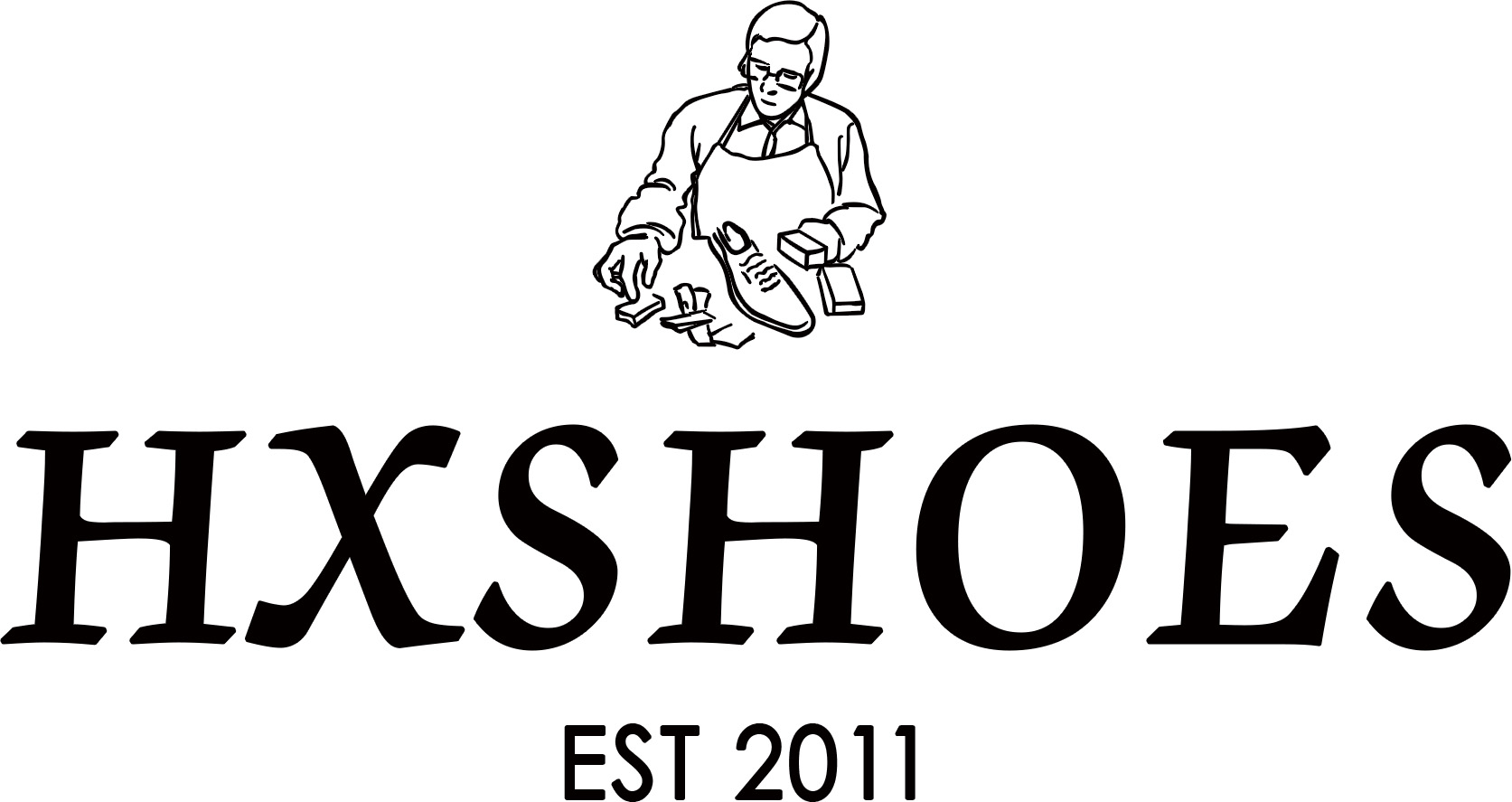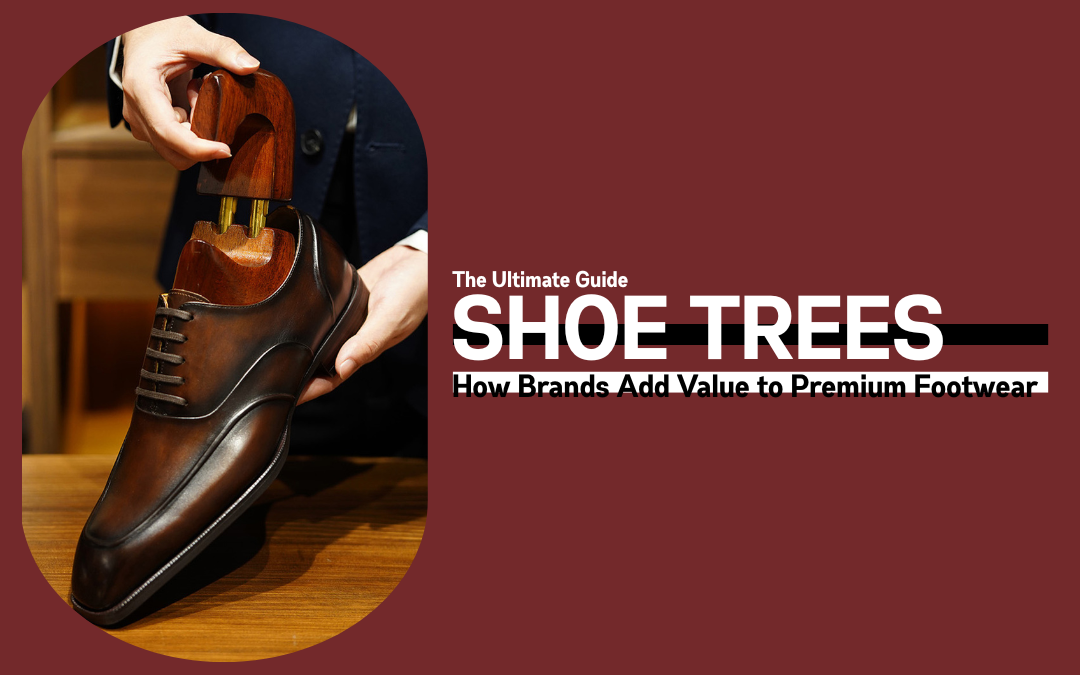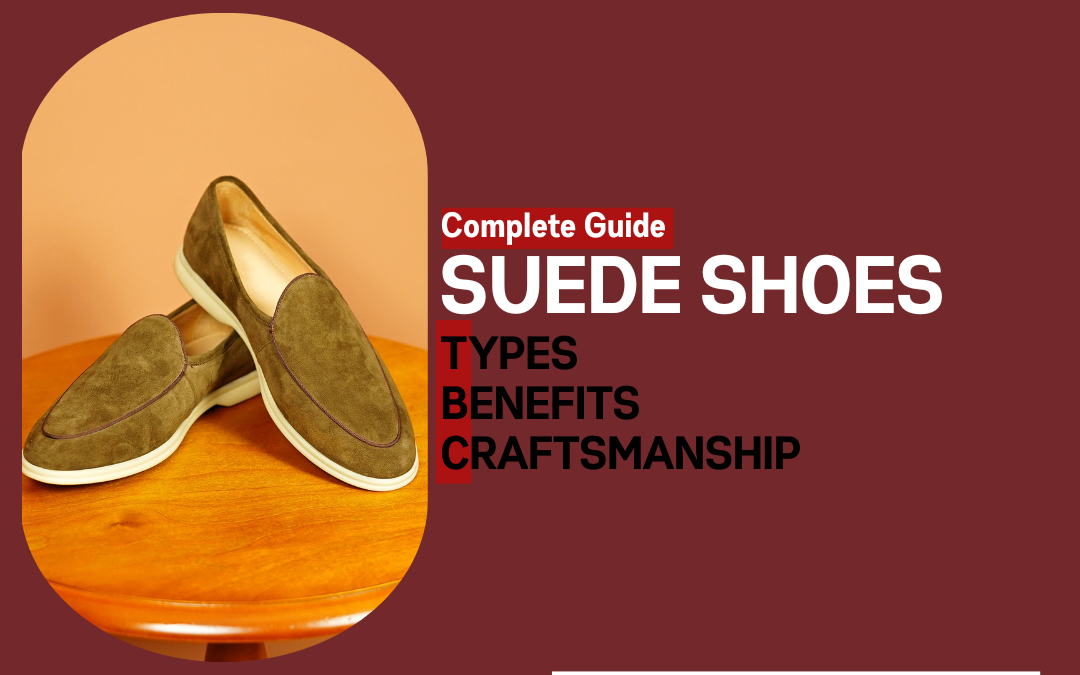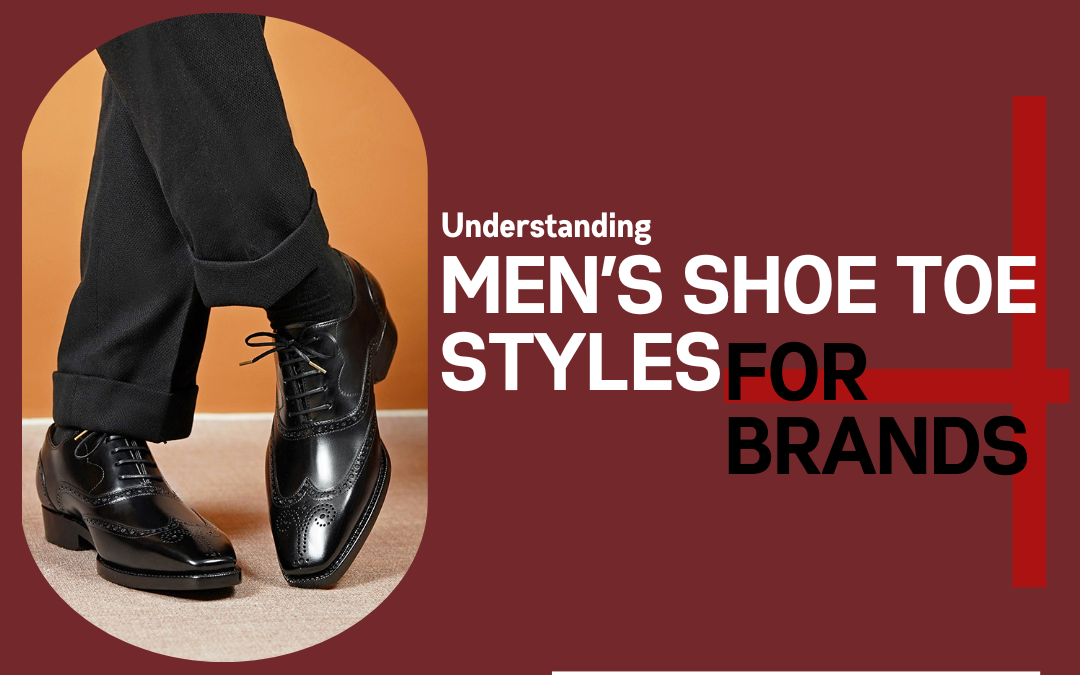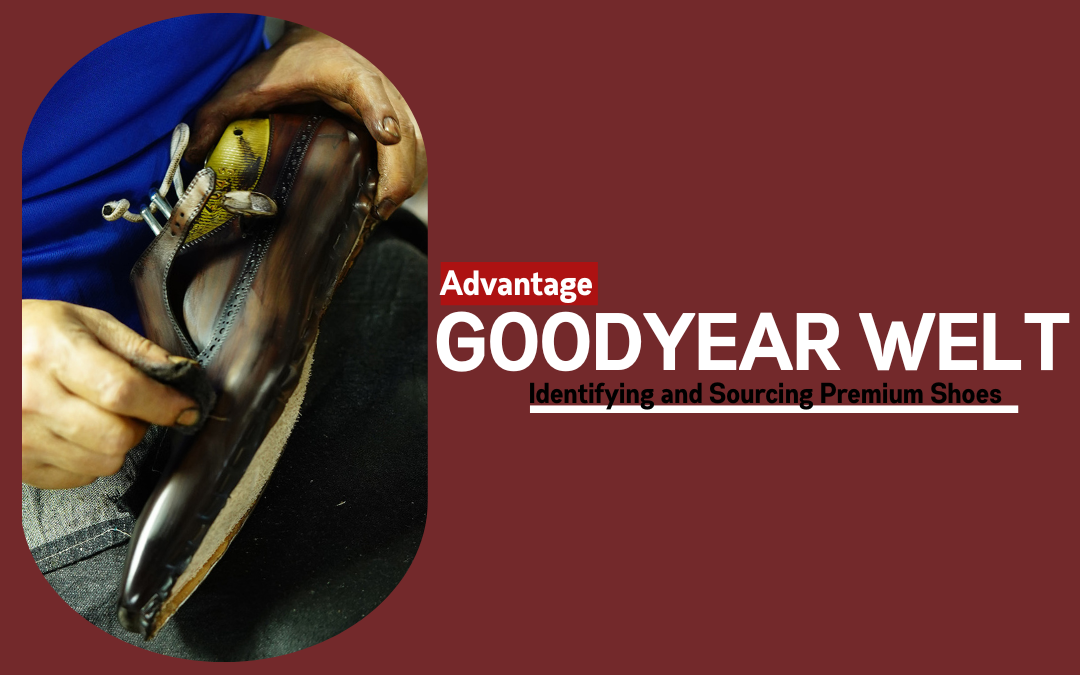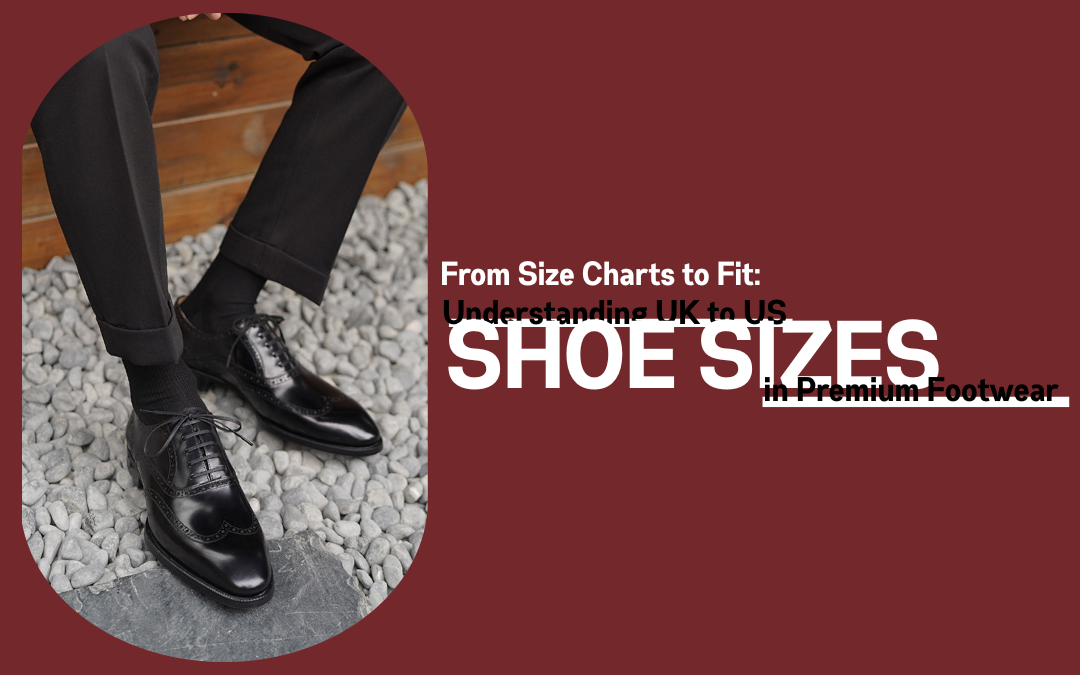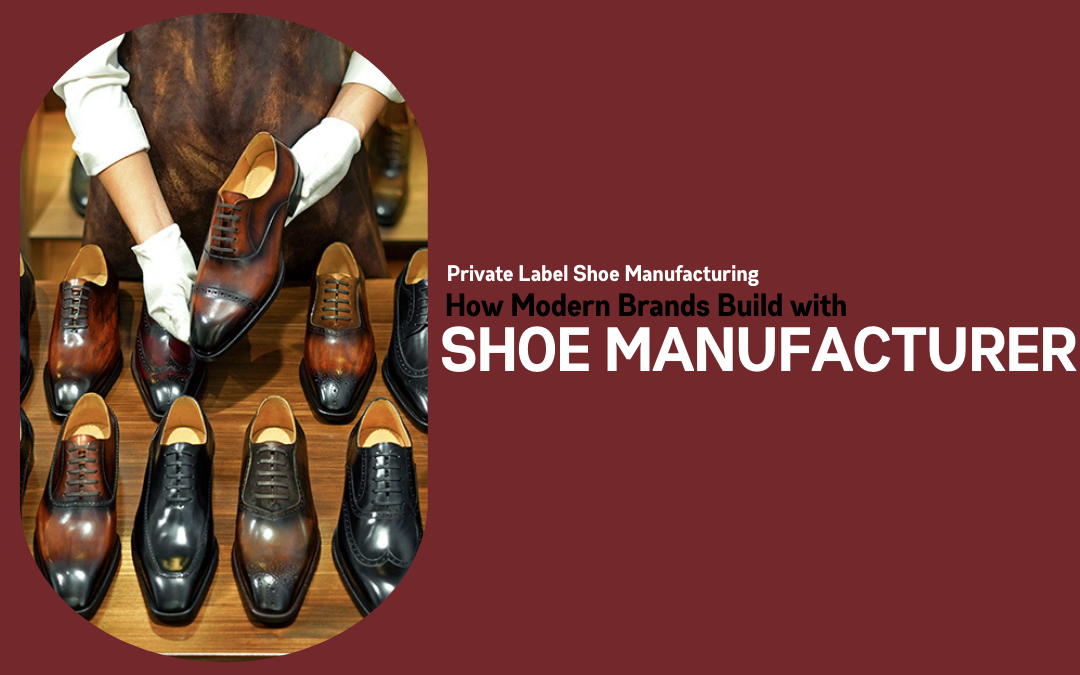Running late, the idea still stuck: shoe trees might be the small thing your customers never asked for—but will absolutely notice. In this guide we’re going to walk you through why shoe trees matter, which types suit which shoes, and how brands (especially those making Goodyear-welted dress shoes) can use them to add real, tangible value. The Ultimate Guide to Shoe Trees: How Brands Add Value to Premium Footwear — let’s get into it.
Introduction: Why Shoe Trees Matter in Premium Footwear
You may have noticed how a great pair of leather shoes looks different the day you buy them versus a year later. Shape softens. Creases deepen. That slow sag? Shoe trees help stop that—fast.
For a brand selling premium footwear, shoe trees are more than an accessory. They’re a signal: you care about product longevity, craftsmanship, and presentation. For B2B clients (retailers, private-label buyers, or boutiques), offering the right shoe tree as part of the product package strengthens positioning and reduces after-sales complaints. Hengxin, which specializes in Goodyear-welted men’s dress shoes, often recommends pairing their construction-forward footwear with cedar shoe trees to preserve patina and the cork-filled midsole that makes Goodyear construction last.
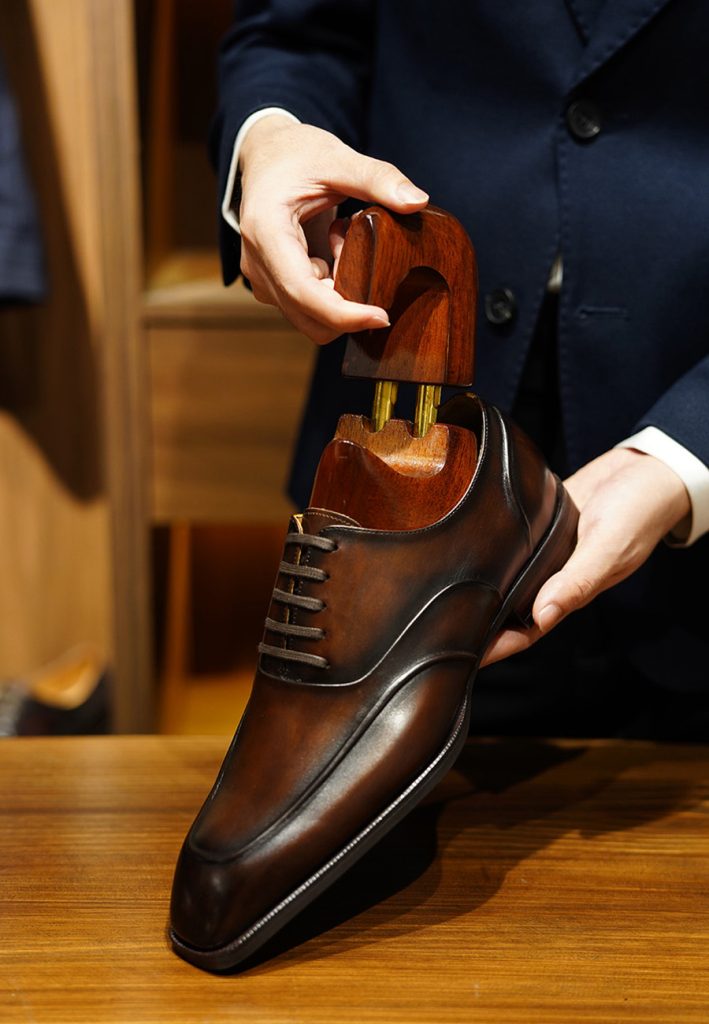
Understanding Shoe Trees and Their Functions
What Shoe Trees Do
Short answer: two things, very well.
- Maintain shape and prevent creasing. A shoe tree fills the vamp and toe, giving the leather something to press against so it doesn’t curl and form deep, permanent creases.
- Absorb moisture and odors after wear. Feet sweat — a lot. Without a way to wick that moisture out, linings degrade and leather chemistry changes. A wooden shoe tree pulls moisture away and helps the shoe dry properly.
Materials That Matter
Here’s a quick comparison so you can eyeball what’s appropriate for your line:
| Material | Strengths | Trade-offs |
| Aromatic cedar | Natural moisture wicking, pleasant aroma, insect-deterrent; supports patina and leather health | Higher cost; heavier |
| Plastic / composite | Cheap, light, travel-friendly; won’t absorb moisture | No deodorizing; limited shape support |
| Metal (rare) | Extremely durable for specialty forms | Cold to wood/ leather; uncommon |
Cedar’s benefits are more than marketing: it absorbs moisture and has natural anti-bacterial properties that help prevent odor and lining rot — which is why most premium brands recommend it for dress shoes.
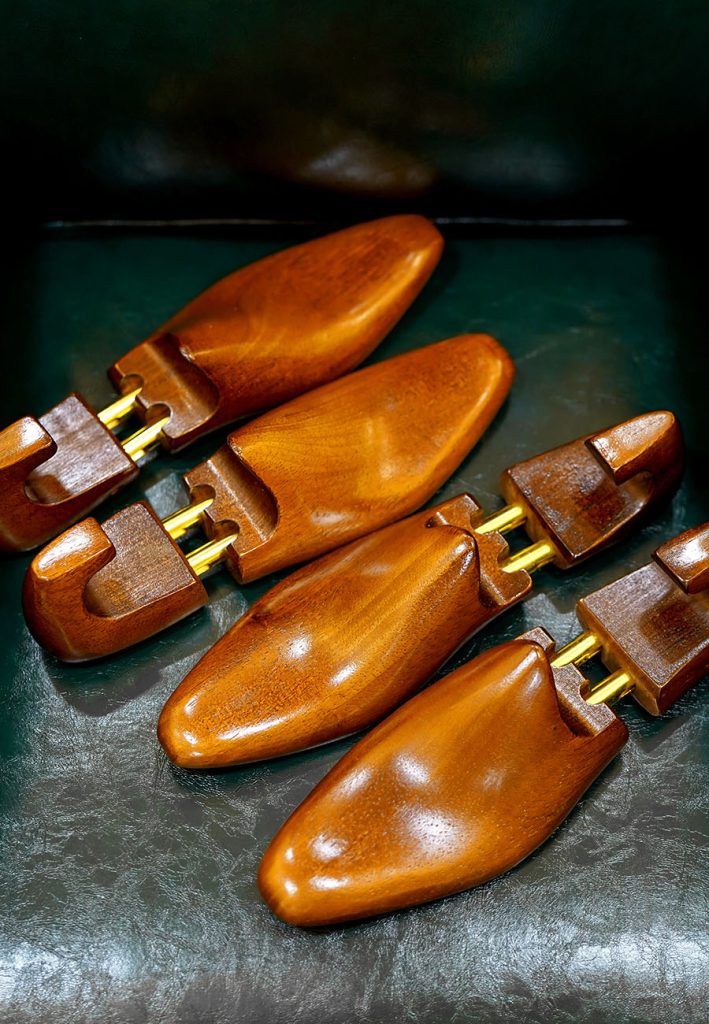
Types of Shoe Trees for Different Footwear
Classic Leather Dress Shoes
For Oxfords, Derbys, Monks and any Goodyear-welted dress shoe, you want something that respects the shoe’s last.
- Split-toe (split) models push the toe area up and flatten creases across the vamp; they’re great for softer leathers and can improve how the toe box presents.
- Full-toe (solid) models fill out the entire toe and vamp, supporting heavier or stiffer constructions.
Premium brands pair Goodyear-welt shoes with cedar trees because the combination preserves the leather, helps the cork midsole dry evenly, and protects the patina finishes you spent time crafting. The end result: a shoe that can be resoled and worn for years rather than months.
Sneakers and Casual Styles
Sneakers usually have softer uppers and glued soles — these need a different approach.
- Lightweight, flexible trees (often plastic or low-density wood) keep shape without overstressing glued constructions.
- For premium, stitched casuals (think high-end moccasins or hand-stitched trainers), consider split cedar trees to guard against vamp collapse.
Pro tip: avoid heavy, rigid trees in glued sneakers — they can actually warp a soft sole over time. Crazy, right?
Specialty Picks
- Travel-sized / collapsible trees: perfect for sales samples, luggage, or travel kits. They give basic shape support without the bulk.
- Luxury branded options: engraved cedar, lacquered finishes, or co-branded boxes present beautifully in a retail bundle and can become a perceived value driver for limited editions or high-margin lines.
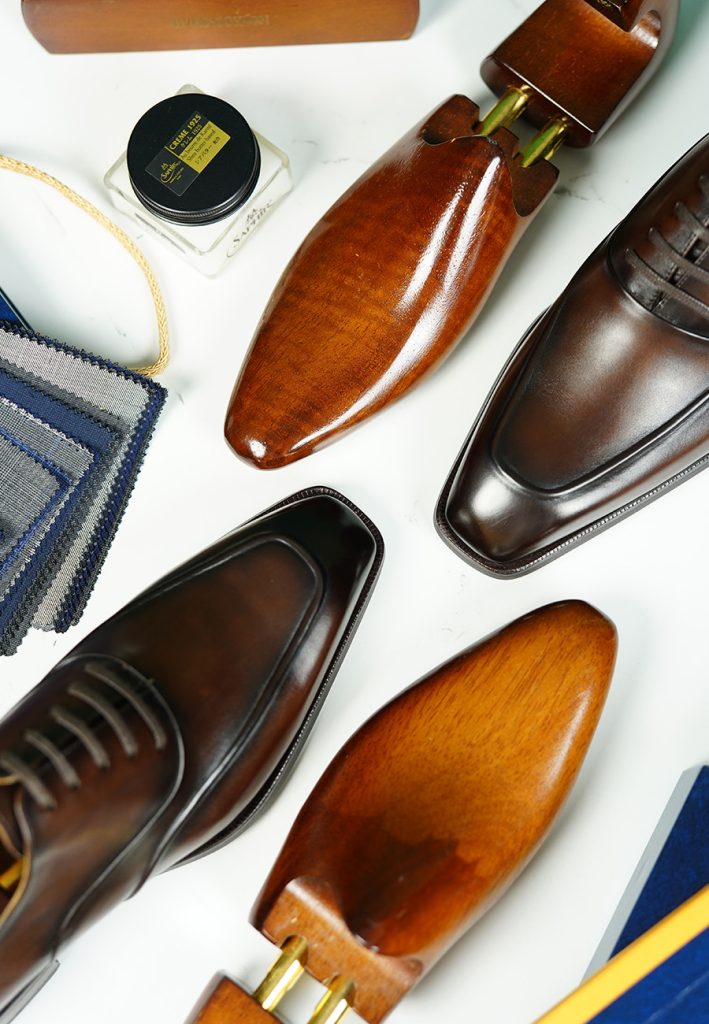
How Shoe Trees Add Value for B2B Clients
Extending the Life of Premium Shoes
If your client sells Goodyear-welted shoes — which are built to be resoled and live for years — shoe trees are essential maintenance tools. They preserve hand-patina finishes, keep edges crisp, and reduce stress on stitching and upper leathers. That means fewer warranty returns, happier customers, and a stronger reputation for quality.
Enhancing Customer Perception
Shoe trees are a subtle brand cue. When a customer opens a box to find a cedar tree snugly tucked inside, it says: “This product is an investment.” It’s a tactile reassurance that your brand cares about the whole life of the shoe — not just the sale.
Quick list — what shoe trees communicate to buyers:
- Intentionality (you didn’t cut corners)
- Aftercare support (you care about longevity)
- Premium presentation (unboxing experience feels complete)
Private Label and Wholesale Opportunities
Brands can:
- Co-brand shoe trees with their logo engraved or printed — small cost, high perceived value.
- Bundle shoe trees as part of a premium package (e.g., “retail pack” vs. “basic pack”) to upsell at checkout.
- Sell aftermarket trees through retailer channels as a high-margin accessory.
Hengxin’s B2B clients often integrate shoe trees as part of private label offerings—particularly for Goodyear lines—because it aligns product construction (resolability, patina finish) with a care ecosystem that buyers expect.
Practical Guidance — What to Recommend to Your Buyers
- For Goodyear welt dress shoes: Full-toe cedar trees, matched to the last shape where possible.
- For high-end casual leather footwear: Split cedar trees to reduce vamp creases.
- For sneakers and travel pairs: Collapsible plastic or lightweight cedar hybrids.
- For displays and returns: Use trees on display inventory to keep shoe shape between try-ons.
A two-pair rotation (wear one, rest one with a cedar tree) is an easy rule to recommend to customers — it’s simple, effective, and supports your brand’s aftercare messaging.
Charts & Visual (Quick Reference)
Material vs Use (one-line verdicts):
- Cedar → Best for dress shoes, long term care.
- Plastic/composite → Best for travel or low-cost add-ons.
- Split vs Full → Split for soft leathers; full for structured lasts.
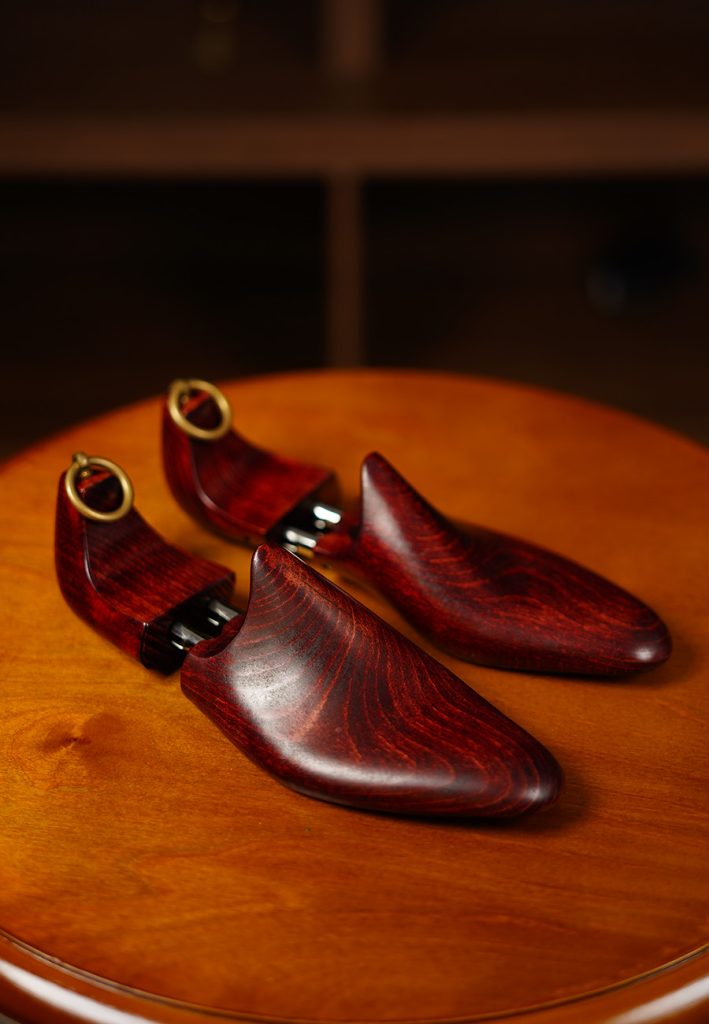
Conclusion: Shoe Care as a Business Strategy
Shoe trees aren’t just another accessory on the packing list. They are part of a product’s quality story — the backstage hero that keeps patina rich, welt integrity intact, and customers smiling long after the first wear. For B2B partners selling Goodyear-welted, hand-finished footwear, including a cedar shoe tree is a small manufacturing or logistics cost that amplifies perceived value and reduces lifecycle problems. Hengxin helps international clients deliver complete footwear solutions: from construction excellence to presentation and aftercare. That makes the entire package feel intentional, premium, and worth it.
FAQ
Why are cedar shoe trees preferred over plastic ones? Cedar absorbs moisture and odors and has mild anti-bacterial properties; it helps leather dry correctly and prevents lining rot. Plastic is fine for travel, but it won’t wick moisture or freshen the shoe.
What is the difference between split-toe and full-toe shoe trees? Split-toe models push up on the toe area and are great for soft leathers and flattening creases; full-toe models fill out the entire vamp and suit stiffer, heavier constructions. Choose based on the shoe’s last and leather suppleness.
How do shoe trees protect hand-patina finishes? They hold the leather in place while it dries, preventing deep creases and stress lines that break patina layers and create uneven aging. Proper drying (with cedar trees) also prevents salt/acid buildup from accelerating finish breakdown.
How can brands use shoe trees to differentiate their product offerings? Bundle trees with premium lines, co-brand them for exclusivity, or offer tiered packaging (basic vs. premium) that includes cedar trees. It’s an easy way to elevate an unboxing and make luxury feel lived-in—by design.
What’s the relationship between shoe construction quality and the need for shoe trees? Higher-quality constructions (Goodyear welt, hand-stitched) are designed to be long-lasting and resoled; shoe trees protect that investment. In cheaper, glued constructions, trees still help but the underlying construction limits longevity gains. Think: trees maximize what good construction already gives you.
